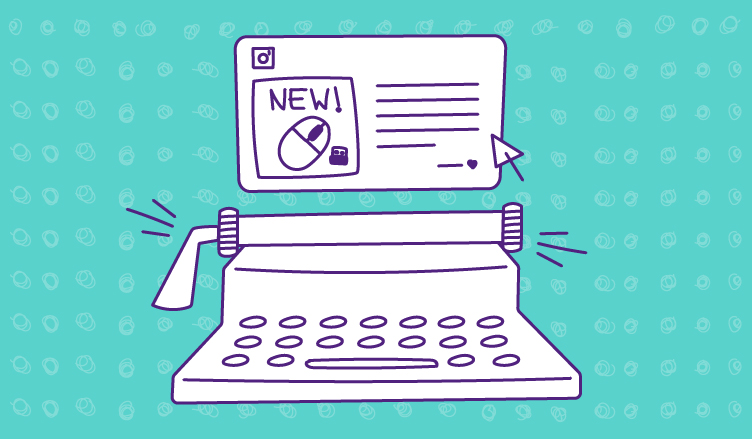It’s common for ecommerce brands to experience challenges with slow-moving or barely moving products in their stores. If you’re one of the e-tail brands experiencing this, the first thing you’ve probably asked yourself is, "why are these products performing so poorly?" right?
Well, the good news is that we’ve got the answers (and solutions) to this question.
The first action to take is to identify the products that are underperforming. From here, you need to start analyzing the anatomy of their performance. Fortunately, Shopify comes with a product analytics feature that lets you look at your product performance for the last 90 days.
You get to look at a set of ecommerce metrics such as net sales, net sales by channels, sales breakdowns, etc. Once you’re done looking at this information, look at the root of the problem.
Why are your products underperforming?
Here are three main reasons, with tips on how to resolve them.
1. Low visibility
It’s easy to think that all of your products are visible to every customer that lands on your online store. But it’s possible for some products to be overshadowed by top-performers.
The products that get low visibility are typically ones that are not featured on the homepage of your website. It can also be because the products live further down the “load more” button on a category page. Products that live on pages that don’t get a lot of traffic will suffer slow sales.
There are a few indicators that tell you visibility is a problem. (For example, when the product page views or unique visitor count is low.) But here are a few potential solutions to consider:
- Feature the product in curated categories such as personalized recommendations
- Create a complementary bundle that features the best performing and the underperforming products. For instance, if you’re driving a summer collection but your beach towels are underperforming, bundle them with swimwear to add value
- Create a campaign around the product you’re trying to drive traffic and conversions too. Do this on all platforms, your web shop, social media, and email
- Seek feedback via product reviews from customers who have bought the product
2. Low or no stock
So, it’s great that your product is getting traffic and sales. But the problem comes in when the product is not available for a customer that is ready to buy; leaving them disappointed.
The most likely scenario here is that the customer loses trust in your brand altogether, and goes shopping for a similar product elsewhere. In cases like these, you may not get a second chance, because the next time they’re shopping, they will go to the brand that had a stock of the product they wanted to buy before. That means you’re likely to lose future sales too.
Poor stock replenishment and demand forecasting mean that your product will not perform as well as it should, as you'd hoped. In fact, a study found that out-of-stocks result in a $634.1 billion revenue loss each year. A good indicator that stock is an issue is when the product page views or unique visitor count is high, but the conversions are low.
How to resolve stock issues? Try the following options:
- Activate the low-stock alerts so that you’re notified any time a product falls below your specified stock level
- When your product is out-of-stock, and you’re unable to replenish the stock immediately, remove the product from active campaigns and high-traffic category pages until it’s back in stock
- If you’re going to be restocking the product, communicate the waiting period on the product page
3. Poor product information
Online customers will never settle for poor product information.
At the sight of low-quality product images, lacking product descriptions or sale information, they’re out. Many studies have found that 30% of cart abandonment is caused by poor product descriptions, and 40% of returns are due to inaccurate product information. You shouldn’t make your customers work hard to find the information that’s going to help them.
We get it, product information isn’t an easy thing to manage, especially if you’re using Excel spreadsheets for it. But each and every single one of your products is important, and you need to ensure that they all perform well to drive return on investment (ROI). So, you need to ensure that the product information for each product is of the highest quality, and meets customer expectations. It can be a bit tricky to pinpoint one specific metric for poor data but a low time on a page and a high bounce rate are good indicators that customers are unfulfilled.
How to fix poor product information? It’s simple:
- Improve your product photography and videos so they showcase the product clearly
- Take various product images from various angles
- Create detailed product descriptions and highlight the best features of the product
- Invest in a product information management system that will enable you to create and store enriched product information in a single location. Plytix PIM for Shopify is exactly the kind of tool you can use for this purpose
Plytix can help improve your product performance
Plytix is an affordable product database and a great PIM for Shopify. You can use this single source of truth to enrich your product information before pushing content to your Shopify store via our connector. Most importantly, Plytix has a product analytics feature that lets you get an overview of your product performance dashboard. This means you can easily spot issues and make data-driven changes that will lead you closer to your sales and conversion goals.
Ready to see how Plytix can help your business? Book a demo today!
You can also download our FREE white paper on improving visibility with PLO.




